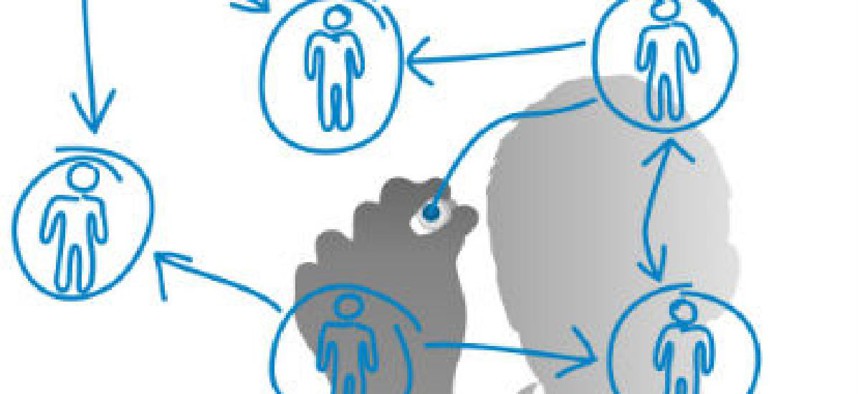Reorganization fever

The Trump administration's reorganization plan could be a catalyst for substantive change.

In March, President Donald Trump issued his executive order on reorganizing the federal government. On April 12, Office of Management and Budget Director Mick Mulvaney unveiled OMB memo M-17-22 to both provide guidance on implementing the president's plan and replace the civilian hiring freeze with a plan to reduce the size of the federal workforce.
The OMB guidance aims to create a lean, accountable and more efficient government and focuses on both "crosscutting" and agency-specific reforms. The focus is on eliminating unnecessary activities, streamlining needed activities, improving organizational efficiency and effectiveness, and improving workforce performance and accountability.
This is not the first attempt to restructure government, nor will it be the last. Federal employees have vivid memories of past reform successes and failures.
We should be encouraged that the OMB memo steers clear of across-the-board funding reductions and hiring freezes. Arbitrary cuts just don't work; they starve everything slowly. Instead, the OMB plan aims to take on the hard decisions on what to stop and what needs to change. It is undeniable that there are still too many antiquated processes in government that desperately need to be replaced by modern business practices.
We should also be glad that the memo directs agencies to focus on their core mission and the work that must be done by government personnel. Frankly, there are some agencies that should not be in the business of IT operations. There are outstanding commercial providers of IT, HR services, financial support services, logistics, etc., that should be relied upon by government agencies, just like leading private sector firms do.
But since this is not anybody's first reorganization rodeo, it's worth reviewing what works and doesn't, so that agencies can avoid the pitfalls of the past and aim to succeed.
Start with the end in mind. As Simon Sinek tells us in his book, "Start With Why", outcomes matter. We often spend too much time on the "what" (the IT system or the current way of doing business) and not enough time on the "why" (the outcome we want to achieve).
Avoid "ivory tower syndrome." Significant reform efforts rarely stick when the plan is hatched by a small group of "experts" working in isolation. These efforts often miss things that matter, are greeted with suspicion and become easy to denigrate, or at least outlast.
Address "status quo thinking." Similarly, if reorganization plans are developed solely by those currently doing the work, it becomes very hard to step out of our collective comfort zone and truly think differently. Often, success in the way work is currently done blurs our vision of what's possible.
The best of both worlds. Reform efforts that thrive use a combination of external ideas and pressure, coupled with the involvement of the people who must own the implementation and are motivated for its success. Without both of these forces, change fails to reach far enough and fails to stick. There is an opportunity for efforts like the Office of American Innovation to help provide this external push.
It is about jobs. If a reorganization is viewed as a thinly veiled effort to eliminate jobs, rather than to improve outcomes, then language around ideas like "reform" will be viewed as disingenuous at best. At the same time, we must face the fact that savings often result from the streamlining of labor-intensive processes and consequently jobs will be eliminated. Ultimately, the workforce must be aligned with the work. So be honest and up-front about this fact and work hard to minimize adverse impacts on people through placement programs, retraining and buyouts.
Aim high. The government is faced with an opportunity to make big decisions, to use the OMB memo as a "burning platform" to encourage substantive change. Aim high and seize this opportunity. By taking a broader view on reorganization, IT modernization can move away from just replacing an old box with a new box, or replacing an old system with a new system, and instead encourage agencies to focus on modernizing processes and leveraging IT to deliver more effective mission results -- providing the freedom to think differently and reinvent how work gets done, rather than just adding new technology to an old process.





